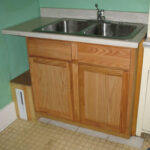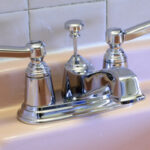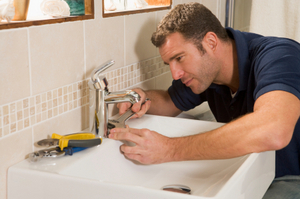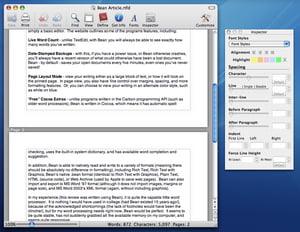Many people want to enhance their kitchen with out spending a lot of money. You can learn how to install a kitchen faucet right here and now. You will have a harder time picking out the style of your new kitchen sink faucet, then putting it in. There are so many different styles and price ranges to pick from. Let’s get started here on how to install your new kitchen faucet.
The first thing is to make sure you turn off your water either at the main or the shut off valves under your sink. In fact if you find that you do not have shut off valves under your sink, this is the time to install these shut off valves also. Once you have the water shut off you want to make sure you have all the right tools at hand to complete the job. Many of the new faucets have been made to install very easily. You will want to have a adjustable wrench to take off the hot and cold supply lines. You will also want to have new supply lines on hand. You can pick these up at the same time you get your new sink faucet. Another important fact is to make sure your hole spacing is correct on your existing sink, also if you have a pull out spray handle you will need a hole for it also. Some faucets come with it built into the main body of the faucet.
Again, you will want to have a small pipe wrench or adjustable wrench. If you use the cheaper supply lines you will need plumbers tape. I don’t recommend using the cheap supply lines that are sometimes sold with the new faucets. Spend the extra money and you will happy with the piece of mind you get from using the more expensive hot and cold supply lines. You will want to have some plumbers putty on hand also. So, you can see you really don’t need a lot of tools to put in a new kitchen sink faucet. If you have a really old faucet you are replacing, it may be corroded on and require some liquid wrench.
Once you have all your tools and parts you are ready to get started. Again make sure the water is off to the sink faucet. Open the existing faucet to drain some of the water out of it. If you shut off the main supply in the house you can open a faucet in the basement to drain the pipes more. If you have the shut off valves under the sink you can shut it off there and you will have only the amount of water in the supply lines. Have a towel handy to take care of water that comes out of the supply lines. Be careful if you have a supply line that is corroded on. If you put to much pressure on the line you can possible do damage to the actual feed lines inside the walls. You can use two wrenches or a vise grips and wrench to support the pipe more if you have to add more pressure to get it to come off.
There is also a pipe wrench that is made to get up under the sink and loosen these lines. If you take your time you can get it done without it. Be careful as alot of the new faucets use plastic nuts on different pieces. You don’t to put to much pressure on them or round them when tightening. There is usually two nuts that hold the faucet to the bottom of the sink. You will need to remove these also so you can take out the old faucet. Once you have the old faucet out you want to clean the area up, to prepare the area for the new faucet.
You will now take your plumbers putty and roll it into narrow strands to go under the new faucets around the edge. The supply lines can be put on the bottom of the faucet at this time also. Take the faucet and feed the lines through the holes in the sink. Press down firmly once you have the faucet where you want it. This will help to seal the putty to the base of the sink and faucet bottom. Sometimes you will not have to perform this step if the new faucet has a rubber gasket on the bottom of it.
Once you have the kitchen sink faucet in place you can take the mounting nuts and tighten them down to the base of the sink. Again use caution when these nuts are made of plastic. You can now attach your hot and cold supply lines. Make sure these lines do not get crossed. If they get crossed the hot and cold will be reversed. If you are using the more expensive supply lines you will not need to use plumber tape. These lines have a rubber gasket inside the line. Once you make sure the lines are all snug you can turn the water back on again.
Then turn the faucet. Watch the hot and cold supply lines to make sure they do not have any leaks where the connections were made. Once you are sure you have no leaks, your done.
As with every home project, safety first.







